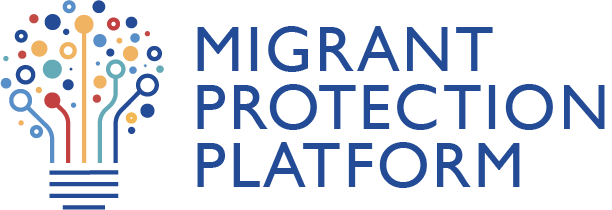Platform Hosts Webinar From Evidence to Action: Twenty Years of IOM Child Trafficking Data to Inform Policy and Programming

Background
Despite sustained efforts to prevent and combat trafficking n persons, large numbers of children continue to fall victim to traffickers worldwide – due to inequitable social, economic, environmental, and political factors that engender exploitative and discriminatory practices. In 2023, ICAT has made child protection a cross-cutting issue for all of its interventions, with one of the Group’s objectives being to consistently promote the rights of victims, including unique rights conferred upon children, in all programming. In this context, a webinar on strengthening access to justice for trafficked children was held by ICAT in June this year. A critical component of countering trafficking is reliable and up-to-date data, to empirically ground interventions. Correspondingly, data and research on trafficking in persons are also a key area of ICAT’s work in 2023. Ensuring that policies to prevent and respond to forced labour, human trafficking, child labour, and modern slavery in migration contexts are evidence based is likewise an objective of Alliance 8.7 Migration Action Group.
In June 2023, a new report From Evidence to Action: Twenty Years of IOM Child Trafficking Data to Inform Policy and Programming was released through a collaboration between the International Organization for Migration (IOM) and the François-Xavier Bagnoud Center for Health and Human Rights at Harvard University. This report, based on analysis of extensive, globally sourced data, is the first of its kind and analyses primary data from more than 69,000 victims of trafficking of 156 nationalities, trafficked in 186 countries, who registered with IOM in its 113 countries of operation. The report provides evidence of important trends and dynamics, linked to factors such as age, gender and geography, that help further our understanding of the phenomenon, with the potential to inform policy and programming.
Objectives
The webinar aims to present the research findings and recommendations to a wide interagency audience and provide a platform for questions and discussion on child trafficking, ahead of some relevant key events planned for the remainder of 2023 (including the meeting of the intergovernmental Working Group on Trafficking in Persons, Alliance 8.7 Global Coordination Group meeting, ICAT Principals’ meeting, and Global Refugee Forum, among others).
The webinar supports the following aspects of the respective platforms’ action plans:
• ICAT – 2023 Work Plan activity 4.1.4 “Produce and promote research on child trafficking”
• Alliance 8.7 – Migration Action Group “Research and knowledge” workstream.
Webinar plan
Date and duration: Friday, 22 September, 3-4:30PM
REGISTER HERE
Agenda
1) Opening remarks (ICAT, Alliance 8.7);
2) Methodology and findings (Harvard, IOM);
3) Recommendations and way forward (IOM);
4) Q&A and discussion;
5) Closing.
Participants/ invitees: Members of ICAT, Alliance 8.7, GPC ATTT; and partners
Moderators: CBSS, OSCE ODIHR
Language: English

